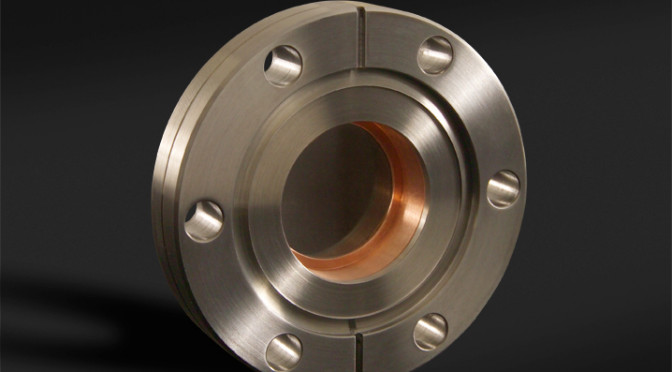Synchrotron facilities around the world are upgrading their output power, often with a decrease in spot size, increasing the power density that beamline components will see by several orders-of-magnitude. The additional thermal load on beamline components can cause distortion or even damage negatively affecting beam characteristics like coherence or spot size and increasing maintenance costs. The increased precision needed to locate and measure the smaller, more powerful beams creates opportunities for advancing beamline component technology.
Increasingly diamond is replacing the traditional beamline component materials of beryllium, silicon and graphite. Diamond vacuum windows eliminate the toxicity concerns of beryllium with improved performance. Diamond attenuators filter lower beam energies and fluorescent beam position monitors provide location and shape information delivering longer lifetime than graphite. The development of diamond refractive lenses, zone plates, phase plates and monochromators promise minimal thermal distortion and reduced radiation damage when compared to silicon.
The increasing availability of near-perfect single crystals made by the high-pressure/high-temperature (HPHT) method together with Applied Diamond’s ability to make plates a few tens of microns thick via polishing and dry etching makes possible a range of new applications at synchrotron beam lines including wavefront-preserving windows, phase plates (retarders) and beam splitters for multiplexing monochromators and photon-correlation spectrometers. For free electron lasers, these ultrathin plates enable forward diffraction monochromators for self-seeding, out-coupling Bragg-refracting mirrors for oscillators and single shot transmissive spectometers.

